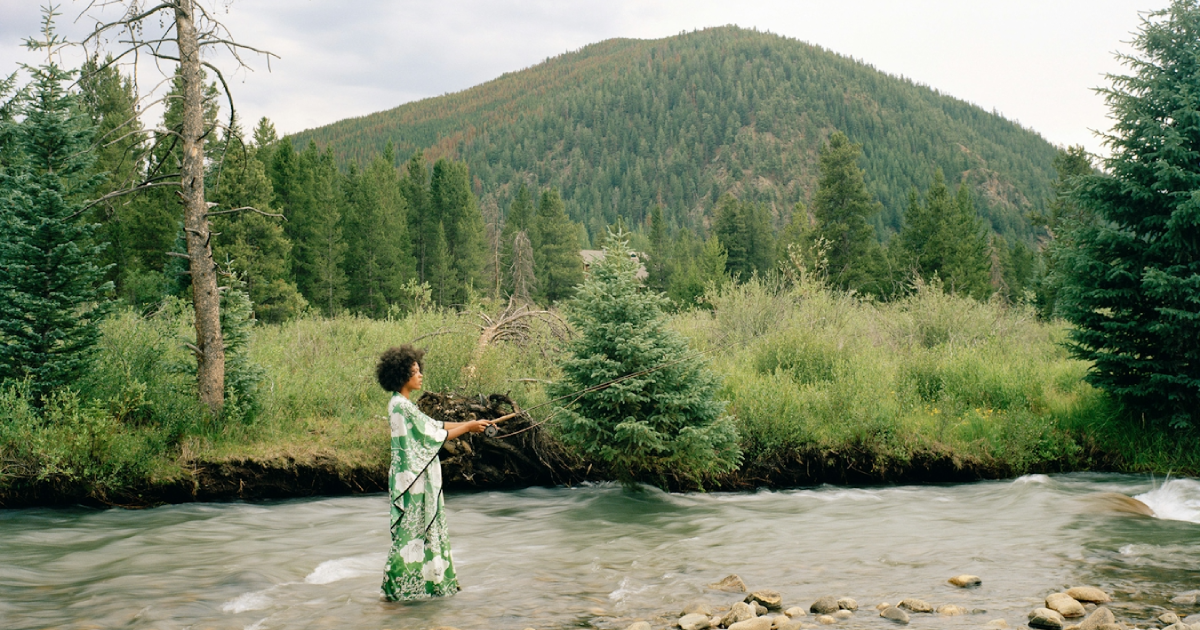Celebrated modern dance innovator Martha Graham wrote in her 1991 autobiography Blood Memory that a dancer’s “body says what words cannot” and that “movement never lies.”
Powerful wordless expression and truth abound in Deos Contemporary Ballet’s Collide Series 25, a triumphant two-hour mixed repertoire performance in two acts currently in production at St. Cecilia Music Center in Grand Rapids.
Drawing on the legacy of Martha Graham’s genius as well as other important ballet and musical history, this fine company of dancers show their commitment to the past, present, and future of dance with innovative choreography infused with powerful emotion, beauty, musicality, and narrative.
Many of the evening’s dances are short ballets, complete in themselves, ranging in mood and style, though always rooted in classical ballet technique, yet another nod to the history of the art form.
Primarily, the entire second act of Collide Series 25 is Artistic Director Tess Sinke’s reimagining of The Rite of Spring. Igor Stravinsky’s score was originally created for the 1913 Paris season of Sergei Diaghilev’s Ballet Russes with choreography by Vaslav Nijinsky.
In Sinke’s 35-minute piece, 10 women and two men recreate the feel of of this tribal ritual, a dramatic, often ecstatic dance with wonderful partnering work, circular patterns, and what could be interpreted as a horror-driven narrative in which a woman (Isabelle Ramey) is chosen to be sacrificed by an elder (Madison Massara-Leister), both of whom offer phenomenal solos. What’s even more shocking and impressive than this strange, ceremonial story is the exceptional musicality of the dancing to this interesting, complex score.
In the first act, other historic dances and music are summoned. The show kicks off with a reprisal of Leroy in Color, the company’s playful homage to Leroy Anderson’s well-worn, light orchestrations that summon post-war midcentury Americana. Complete with red, white, and blue costumes (with tiny, sparkly headpieces and matching pointe shoes), the choreography is driven by impressive solos (particularly that of Leah Haggard, who will retire at the completion of this show’s run), pas de deux ,and pas de trois full of fancy foot work and impressive turns. The music and dancing interplay with sheer delight.
A powerful mood shift comes with Lamentations variations, three different choreographers’ and dancers’ reinterpretation of Martha Graham’s groundbreaking 1930 solo in which she wore a tube of of jersey fabric, stretching within, showing little more then her face, hands, and feet, to embody the universal, all-encompassing tragedy of grief and the ways it forces us to stretch within the boundaries of our own skin.
This section of the performance began with a rare video clip of one of Graham’s performances, followed by three dances inspired by the original: the first choreographed by Christine Settembrino in which a dancer wearing an oversized black t-shirt stands, reaches, and turns in a mournful way; the second choreographed by Amy Wilson in which Allison Haan, barefoot wearing a green dress, begins in an overhead spotlight and sits, stands, and crouches with big arms; and the third, choreographed by Tess Sinke in which Madison Massara-Leister very movingly embodies grief itself, gliding and sliding and expressing so much while back bending over a black bench. Indeed, her “body says what words cannot.”
Sinke also expresses joy, humor, and lightheartedness in two other dances that feel like complete little ballets in and of themselves. The Printer offers an office comedy in which coworkers literally dance around, beneath, and atop a printer they can’t make work. Each of the seven dancers offer vivid characters, with the biggest payoff from Leah Haggard and Michael Burke, the office flirts caught up in a silly, sexy tango.
A different sort of fun comes with Paper Birds, a dance Sinke choreographed for her son Theo to capture the creative wonder implicit in the 5-year-old boy’s worldview. Set to nature sounds, Lauren Hansen plays the boy at the center of a colorful world populated by fish, birds, and flowers, playfully and exuberantly created by dancers who swirl and move around the delighted boy.
Ericka Goss’s In the Moonlight offers an evocative, romantic pas de deux expertly and emotively danced by Leah Haggard and Michael Burke; and Grace Sinke’s Eagle Poem is a pretty, lyrical showcase for the six summer performance interns.
Deos’s internship program, their partnering with Michigan Ballet Academy, their working with guest artists from around the country all illustrate the company’s dedication not just to the present and past of contemporary dance but to its future as well.
There’s a little something for every dance enthusiast in the impressive Collide Series 25—a true homage to the beautiful legacy of dance and what it alone can express and inspire.
Collide Series 25
Deos Ballet
Aug. 1-3
https://www.deosballet.com/2025-2026-season/collide-series-25
To read our web exclusive story following Deos rehearsing for this show, head here.





